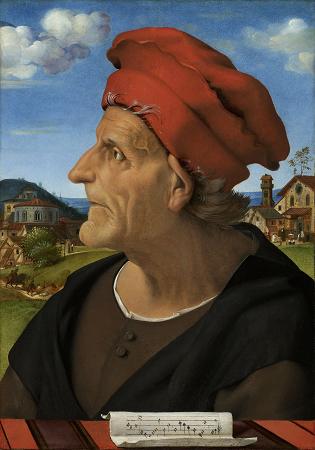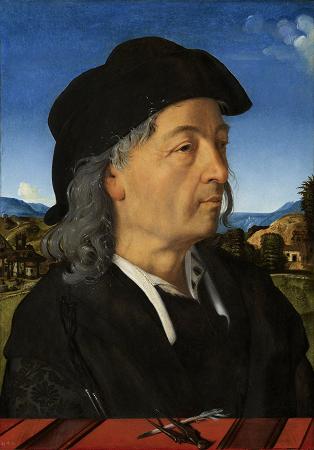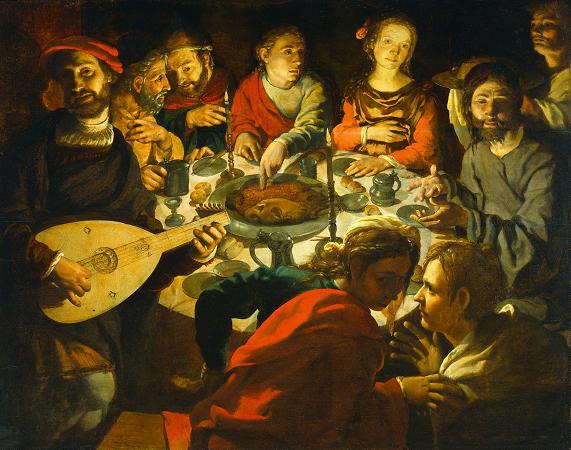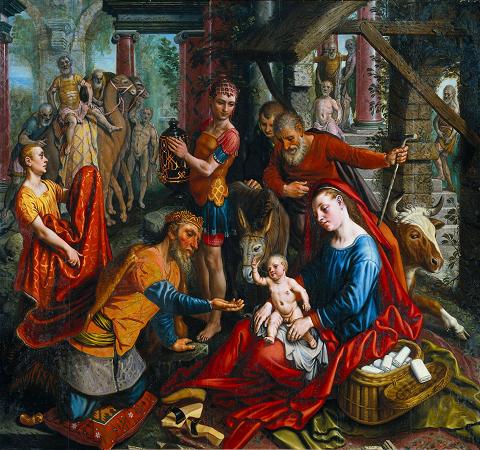Rijksmuseum. The Rijksmuseum is a Dutch national museum dedicated to arts and history in Amsterdam. The museum is located at the Museum Square in the borough Amsterdam South, close to the Van Gogh Museum, the Stedelijk Museum Amsterdam, and the Concertgebouw. The Rijksmuseum was founded in The Hague on 19 november 1798 and moved to Amsterdam in 1808, where it was first located in the Royal Palace and later in the Trippenhuis. The current main building was designed by Pierre Cuypers and first opened in 1885. On 13 April 2013, after a ten-year renovation which cost € 375 million, the main building was reopened by Queen Beatrix. In 2013 and 2014, it was the most visited museum in the Netherlands with record numbers of 2.2 million and 2.47 million visitors. It is also the largest art museum in the country. The museum has on display 8,000 objects of art and history, from their total collection of 1 million objects from the years 1200-2000, among which are some masterpieces by Rembrandt, Frans Hals, and Johannes Vermeer. The museum also has a small Asian collection, which is on display in the Asian pavilion. In 1795, the Batavian Republic was proclaimed. The Minister of Finance Isaac Gogel argued that a national museum, following the French example of The Louvre, would serve the national interest. On 19 November 1798, the government decided to found the museum. On 31 May 1800, the National Art Gallery, precursor of the Rijksmuseum, opened in Huis ten Bosch in The Hague. The museum exhibited around 200 paintings and historic objects from the collections of the Dutch stadtholders. In 1805, the National Art Gallery moved within The Hague to the Prince William V Gallery, on the Buitenhof. In 1806, the Kingdom of Holland was established by Napoleon Bonaparte. On the orders of king Louis Bonaparte, brother of Napoleon, the museum moved to Amsterdam in 1808. The paintings owned by that city, such as The Night Watch by Rembrandt, became part of the collection. In 1809, the museum opened in the Royal Palace in Amsterdam. In 1817, the museum moved to the Trippenhuis. The Trippenhuis turned out to be unsuitable as a museum. In 1820, the historical objects were moved to the Mauritshuis in The Hague and in 1838, the 19th-century paintings of living masters were moved to King Louis Bonaparte's former summer palace Paviljoen Welgelegen in Haarlem.
more...














